Founded 1935 | ||
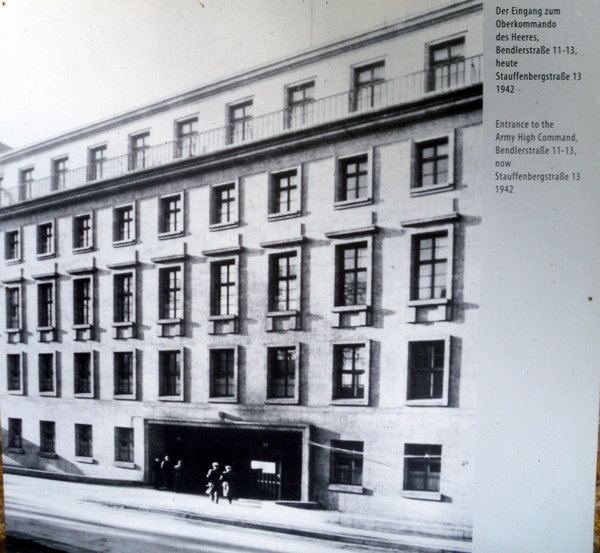 | ||
Similar Oberkommando der Wehrmacht, German Army, Reichswehr, Wehrmacht, 6th Army | ||
Oberkommando des heeres
The Oberkommando des Heeres (OKH) was the Supreme High Command of the German Army. It was founded in 1935 as a part of Adolf Hitler's re-militarisation of the Third Reich. Its commander held the title Oberbefehlshaber des Heeres, Supreme High Commander of the Army. From 1938 OKH was together with OKL Oberkommando der Luftwaffe, Supreme High Command of the Air Force and OKM Oberkommando der Marine, Supreme High Command of the Navy, formally subordinated to the OKW Oberkommando der Wehrmacht, Supreme High Command of all Armed Forces (with exception of the Waffen-SS). During the war OKH had the responsibility of strategic planning of Armies and Army Groups, while the General Staff of the OKH managed operational matters. Each German Army also had an Armeeoberkommando, Army Command, or AOK. Until the German defeat at Moscow in December 1941, OKH and its staff was de facto the most important unit within the German war planning. OKW (Oberkommando der Wehrmacht, Supreme High Command of the Armed Forces) then took over this function for theaters other than the Russian front.
Contents
- Oberkommando des heeres
- OKH vs OKW
- Chiefs of OKH and Supreme Commander of the Army
- Chiefs of the OKH General Staff
- References
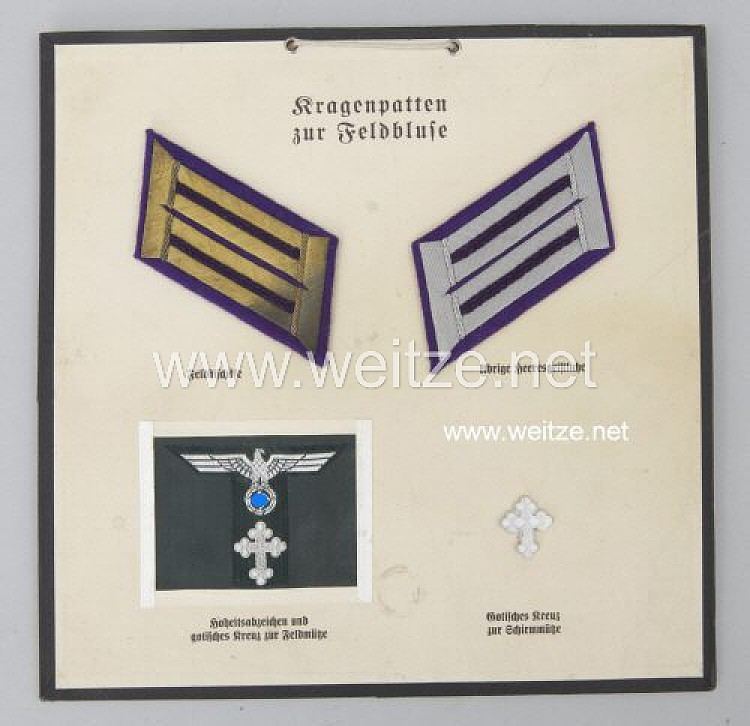
OKH vs OKW

Hitler had been the head of OKW since January 1938, using it to pass orders to the navy (OKM), air force (OKL), and army (OKH). After a major crisis developed in the Battle of Moscow, Walther von Brauchitsch was dismissed (partly because of his failing health), and Hitler appointed himself as head of the OKH while still retaining his position at the OKW. At the same time, he limited the OKH's authority to the Russian front, giving OKW direct authority over army units elsewhere. This enabled Hitler to declare that only he had complete awareness of Germany's strategic situation, should any general request a transfer of resources between the Russian front and another theater of operations.
Chiefs of OKH and Supreme Commander of the Army
The Oberbefehlshaber des Heeres (Commander of the Army) in the Wehrmacht was
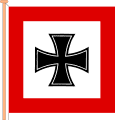
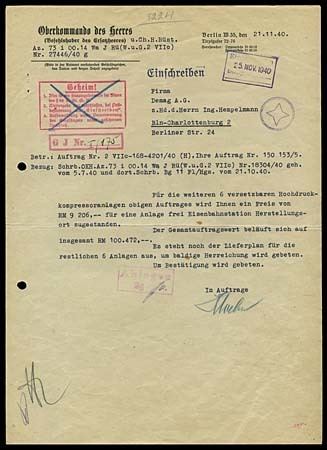
Schorner, one of Hitler's favorite military commanders was named in Hitler's last will and testament, which the latter issued prior to his suicide on April 30, 1945 as the new commander of the OKH. Meanwhile, the OKH was subordinated to the OKW of the Wehrmacht, under Field Marshal Wilhelm Keitel.
Chiefs of the OKH General Staff
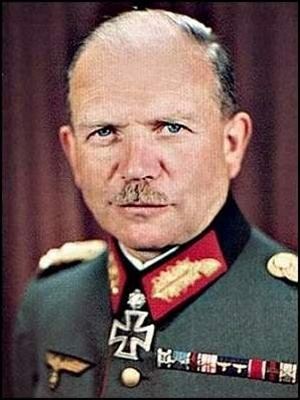
(military rank presented as rank the person in question held when he left his assignment at OKH)

Although both OKW and OKH were headquartered in Zossen during the Third Reich, the functional and operational independence of both establishments were not lost on the respective staff during their tenure. Personnel at the sprawling Zossen compound remarked that even if Maybach 2 (the OKW complex) was completely destroyed, the OKH staff in Maybach 1 would scarcely notice. The camouflaged facilities were separated physically by a fence also maintained structurally different mindsets towards their objectives.
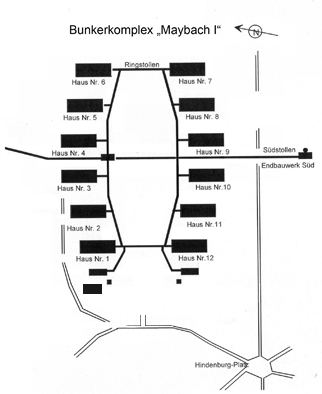
On 28 April 1945 (two days before his suicide), Hitler formally subordinated OKH to OKW, giving the latter command of forces on the Eastern Front.
